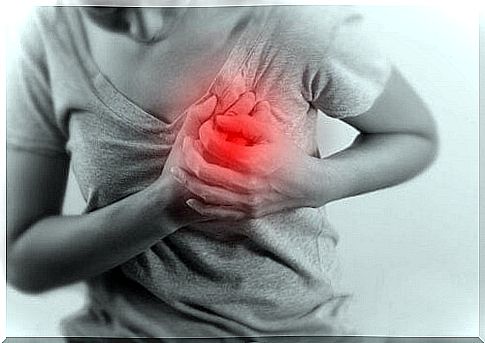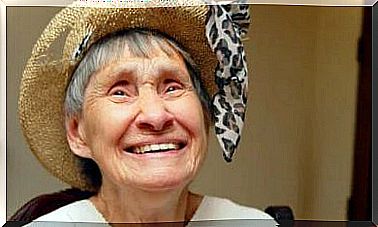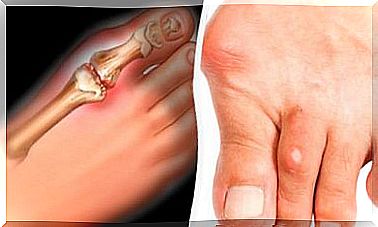Cardiac Rehabilitation: Return To Active Life After An Intervention

Cardiac rehabilitation is an established form of active follow-up for people who have suffered a myocardial infarction or who have had heart surgery. Each specific case benefits from different programs.
Basically, cardiac rehabilitation consists of health education and exercise, in addition to emotional support. The goal is to improve the quality of life of cardiac patients so that they perform all their activities in the most normal way possible.
In addition, as an additional objective, it is sought to make the person aware of the lifestyle habits that must be changed in order not to suffer again from a cardiac episode. In fact, it can be said that education is more important in cardiac rehabilitation than programmed exercises.
Cardiology associations in countries around the world recommend cardiac rehabilitation programs. So there is no doubt about its effectiveness. It has been shown with scientific studies that they are able to reduce the risk of angina pectoris and heart attacks in these patients in the future.
Who Benefits From Cardiac Rehabilitation
Cardiac rehabilitation programs cannot be applied directly to any patient with ischemic heart disease. Therefore, a selection of those who would benefit most from the program is made to include them.
In any case, there is consensus in considering that those who have suffered or suffer from:
- Heart failure : is a condition in which the heart does not have enough strength to drive blood into the circulatory system. These patients are very affected in their daily lives by the complication that is for them to perform common activities.
- Angina pectoris : is recurrent chest pain caused by less blood reaching the heart muscle. Cardiac rehabilitation is essential to prevent her from progressing to an acute myocardial infarction.
- Acute myocardial infarction : it is the serious and fatal pathology of the heart. Cardiac cell death occurs due to severely decreased blood flow to the heart.
- Peripheral Artery Disease : When arteriosclerosis clogs arteries in the upper or lower limbs, peripheral arterial disease appears. Risk factors are similar to those for ischemic heart disease.
- Cardiac surgeries : when there was no other solution than surgical intervention, the patient will be accompanied with cardiac rehabilitation so that they can reintegrate into society and their living environment.
- Heart transplantation : it is the last resort in cardiac pathology. Although it is not very frequent, more and more scientific advances allow it to be considered an option for very seriously ill patients who have no other alternative.

Phases and equipment
Cardiac rehabilitation has three phases, the last two of which correspond to the exercise and education program. These phases are:
- Hospitalization or diagnosis : the first phase is the characterization of the patient. After studies and evaluation by the medical team, it is determined whether the person can benefit from the rehabilitation program. So he is admitted.
- Active program : the patient enters cardiac rehabilitation and starts his training plan: psychological interviews, health education, medical follow-up for pharmacological control.
- Discharge : The third stage is a discharge process, when the rehabilitation team understands that the patient is able to continue the lifestyle change on their own in the usual daily environment.
These phases are monitored and guided by a multidisciplinary team. The professionals who usually intervene are:
- Cardiologist : will define the plan and administer the pharmacological management.
- Nurse : in general, the nursing service guides the program’s daily routine with the proper record of facts.
- Kinesiology / physiotherapist : will be responsible for the exercises and their supervision.
- Physiatrist : together with the physiotherapist, develops the exercises.
- Psychologist : attends to the patient’s emotional factor in cardiac rehabilitation, therefore supporting the process on the affective side.

What does cardiac rehabilitation include?
As we said at the beginning, cardiac rehabilitation is not just a physical therapy exercise program, but mainly health education. Therefore, it consists of several areas, including:
- Medical evaluation : the medical staff determines which rehabilitation is appropriate and which medication must accompany the process after the cardiac event to improve internal parameters.
- Exercises : in cardiac rehabilitation, exercises are programmed so that the patient can perform and thus improve the heart muscle. These are varied: from the stationary bike to controlled weight lifting.
- Health education : the mainstay of the program is that patients change their lifestyle. For this, he is educated about good eating habits and physical activity. There is guidance to manage stress, to make appointments punctually and without delay. It is also guided about which practices are harmful and how to control other diseases that can complicate it.
So, was this article helpful to you? So, stay with us as we have more tips for your health, beauty and well-being.









